Time for a little herban renewal
Leave it to cleavers to bring me into the world of herbal medicine. (And back to the classroom.)
Before my family moved to Missouri in the early 1990s — my mom’s prodigal daughter-returning-home move — we lived in Florida in a suburb of Orlando.
That’s where I remember discovering the natural world.
My parents took us canoeing on the many spring-fed rivers throughout Central Florida. We splashed in creeks where crocodiles lived and floated close enough to manatees to see the algae growing on their backs.
But this is also where I learned about appreciating nature at home.
We lived in that house on Summerlin from the time I was a toddler until the summer after first grade.
My sister and I learned to avoid the corner of the yard where the sticky burrs grew. We watched the skies for those afternoon thunderstorms that stirred up the jasmine, whose sweet odor swelled in the humid sunshine that followed those quick downpours.
We were small enough to crawl into this small cluster of trees in our backyard that became our own secret garden. That’s where we made buckets of stone soup, using every dried spice we could find in my mom’s cupboard to mix with leaves, twigs, sand, grasshoppers, roly-polies and anything else we could find within the perimeter of that wooden fence.
I’ll never forget that last May in Florida because I spent the last two weeks of the school year at home with mono, which felt like an eternity when I was 7.
When I was finally healthy enough to go outside again, I remember laying on a blanket, looking up at the underside of the tree canopy that shaded our front yard and crying at how beautiful the leaves looked against the sky.
I’ve had countless experiences like that in the years since. Moments when I’m reminded that I, too, am part of nature.
As a food writer, this love of nature came in handy. My job gave me an excuse to swap out office flats for tennis shoes and head to some woodsy part of the state to interview farmers — and cheesemakers, beermakers, butchers and herbalists — fellow humans who love living in constant communication with the natural world around them.
I always knew I was one of them.
So, no wonder I was quick to write about companies like the wildcraft brewery Beerburg or Cat Spring Yaupon Tea, the state’s first yaupon tea company, or everything you can make with loquats.
Just last December, I wrote a profile of the moringa farmers in Bastrop who run Miracle Garden for Texas Monthly. That conversation with Sunny Huang — which touched on grief, God and growing deep roots — shifted something inside me. Or planted a seed inside me. Or fertilized one that was already growing.
Last month, I signed up for an herbalism program at a local herbal medicine school. It’s a four-month program that might expand to eight, and I’m not sure exactly what I plan to do with all these tinctures and teas and infusions that are already starting to fill my cabinets.
Austin is home to a number of excellent herbalism programs, and hundreds of fellow plant-lovers have gone through these courses in recent years, which is one reason why there are so many new(ish) herbal brands at local farmers markets. (The pandemic had something to do with that, too. Some of these cottage companies sell exclusively through Instagram or at local retailers, including Earth Commons or the Herb Bar.)
I’m only a few weeks into the class, and all my brain can think about is the relationship between humans and the plants around them. It’s like I just read “The Botany of Desire” for the first time. Or tasted a warm blueberry picked straight off the bush.
Or learned that cleavers — those stickyweeds that I have spent many Austin springs trying to eliminate from my backyard – are a nutritive weed that is packed with all kinds of detoxifying compounds that our bodies need, especially this time of year.
One of my long-ago neighbors first told me that cleavers were edible, so this isn’t news to me now, but I’m learning so much in this class about the different kinds of beneficial plants that are out there — studying the scientific names and families helps with this — and how they have been used across all cultures for so long.
Cleavers, for instance, are still used on some small farms in Sweden to strain milk, which not only removes debris from milk but infuses the milk with the flavonoids and tannins that make cleavers, also known as bedstraw or stickyweed, (Gallium aparine) good for the liver and the lymphatic system. (It’s also part of the Rubiaceae family, which is the same as coffee. And the genus name, Galium, is from the Greek word, gala, meaning 'milk,' because some Galium species to curdle milk. I haven’t tried this with our cleavers, but it’s very likely I will!)
Part of the benefit of the class is making infusions, teas, tinctures and glycerites with my fellow students during our weekend in-person classes, but I’ve been having fun experimenting at home with what’s growing in my yard.
So far, that’s a dandelion vinegar and a few batches of cleaver tea, which I decided to write a “recipe” for to share here. Just in case you’ve been itching to make a hyper-local tea with a plant you can find on nearly every block in Austin. (Just try to gather in a place where dogs haven’t been relieving themselves or that doesn’t receive run-off from a road or parking lot.)
You can also run cleavers through a blender or food processor (and then strain) to create a fresh, bright green juice. (One of my next projects is to make cleaver juice to use in a succus with 3 parts juice to 1 part grain alcohol.) Herbal medicine stores (and even places like Whole Foods) sell dried cleavers, which you can use to brew tea or make a cleaver oil. But from what I’ve learned so far, fresh cleavers are preferred to dry, and this plant benefits from a cold infusion rather than boiling or steeping in hot water.
Spring Cleaver Soak
This overnight cold infusion could also be made with dandelion leaves. No need to wash the cleavers unless they are particularly dirty, but the dandelions will likely need a quick soak and strain before being packed into the jar. It tastes a little grassy, but it’s nothing that a little honey or simple syrup can’t improve.
2 ounces (about 1 medium jar) cleavers, brown leaves and stems removed
3 strawberries, sliced (optional)
Purified water
Simple syrup, for serving (optional)
Pack the cleavers into a jar with the sliced strawberries, if using. Pour water on top to cover. Muddle lightly with a wooden spoon and seal the jar with a lid and let sit for 24 hours, shaking a couple of times. Strain. Add a teaspoon of simple syrup, if desired. (I made a turmeric ginger syrup over the holidays that I’ve been using in this drink.)
Enjoy within the first day of making.
— Addie Broyles
I hope everyone is having a good week so far! I’ve been immersed in plant research, some of which I’ve been doing on local greenbelt trails. (We found this agarita in bloom on the Copperfield Trail in Pflugerville.)
Avery has been foraging with me since he was a baby, so I was happy when he said yes to helping me collect cleavers after school last week.
Plants are the only thing I’m noticing on my walks lately. These blue-and-yellow plastic containers popped up on a pole at a house I pass often during my neighborhood walks. A small display of support for Ukraine that moved me greatly when I first saw it.
It’s not lost on me that I enrolled in a plant school during such a time of international turmoil. We’re marking two years of the pandemic and the start of who-knows-what with Russia. “Think globally, act locally” is one of the many principles of “Emergent Strategy” that I keep in mind when things seems to be going to hell in a handbasket.
It’s so cheesy, but healing my relationship with plants is part of how I heal relationships with people, and this is how we heal the world.
Thanks for letting me share part of this journey here with y’all.
I hope these personal yet universal stories resonate as you’re continue down your own path this spring.
Let me know if you end up enjoying some cleavers or dandelions while you’re at it.
Until next time,
Addie
P.S. In case you missed it, I had two big stories publish over the past few weeks — one I wrote and one written about me! The first was a story for County magazine about the state of county fairs in Texas — hint, they are booming — and the second is a story that the Springfield News-Leader published about my podcast, “Class Reunion.”
I was so proud when my mom texted a photo of the newspaper’s front page that day. It’s not everyday that your creative projects get this kind of love, so I tried to soak it up and enjoy the experience of being on the other side of the byline.



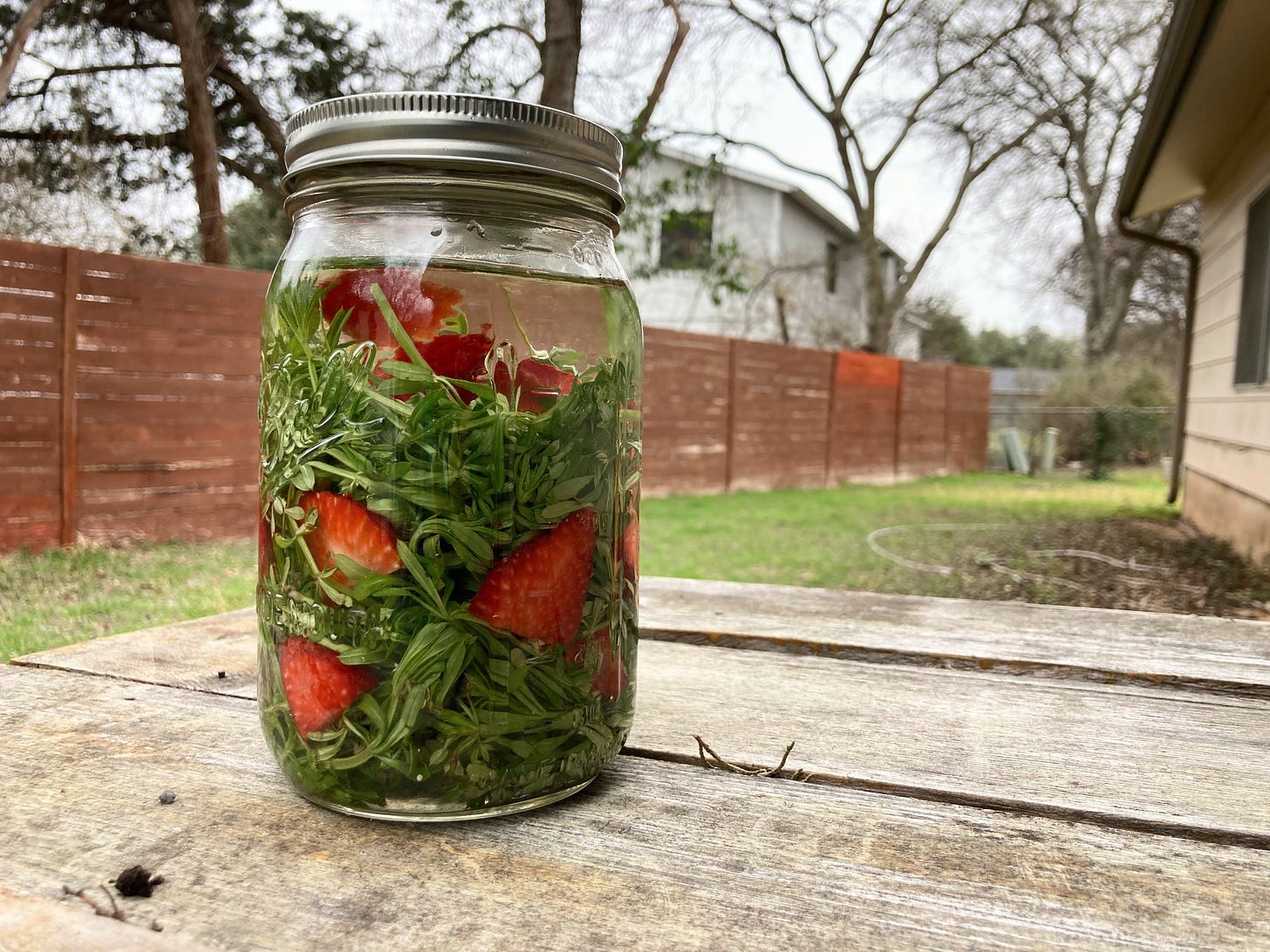
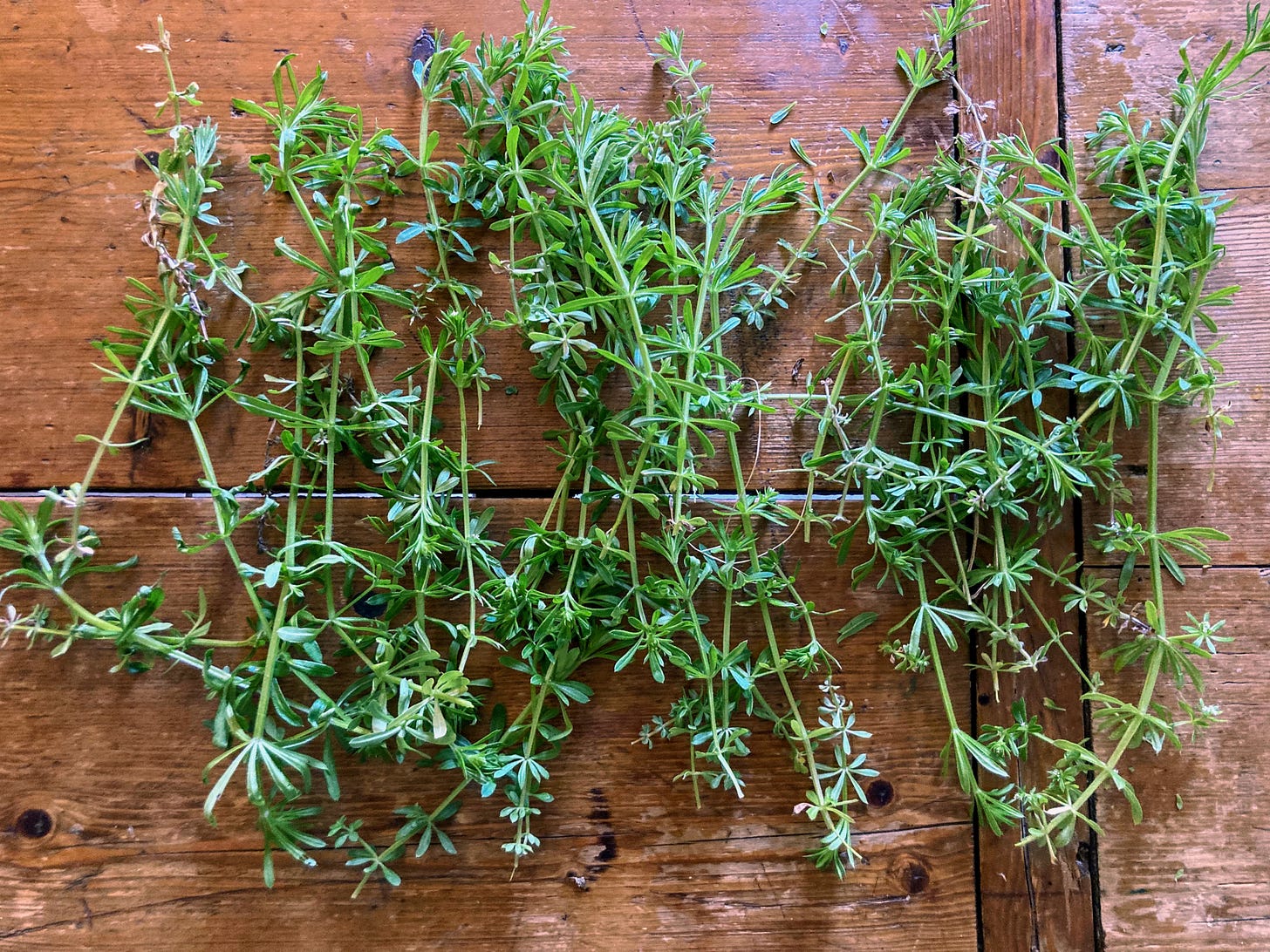

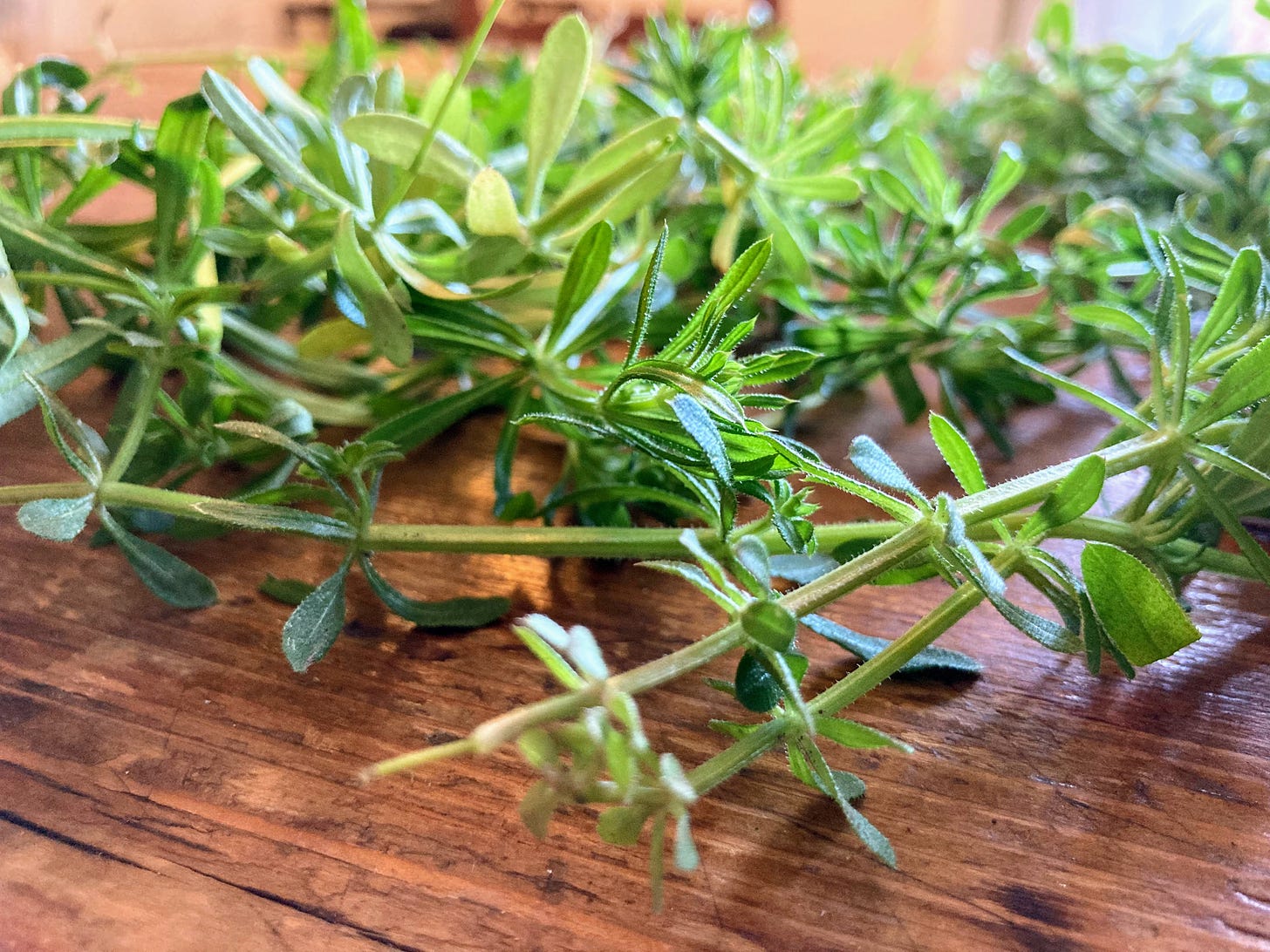
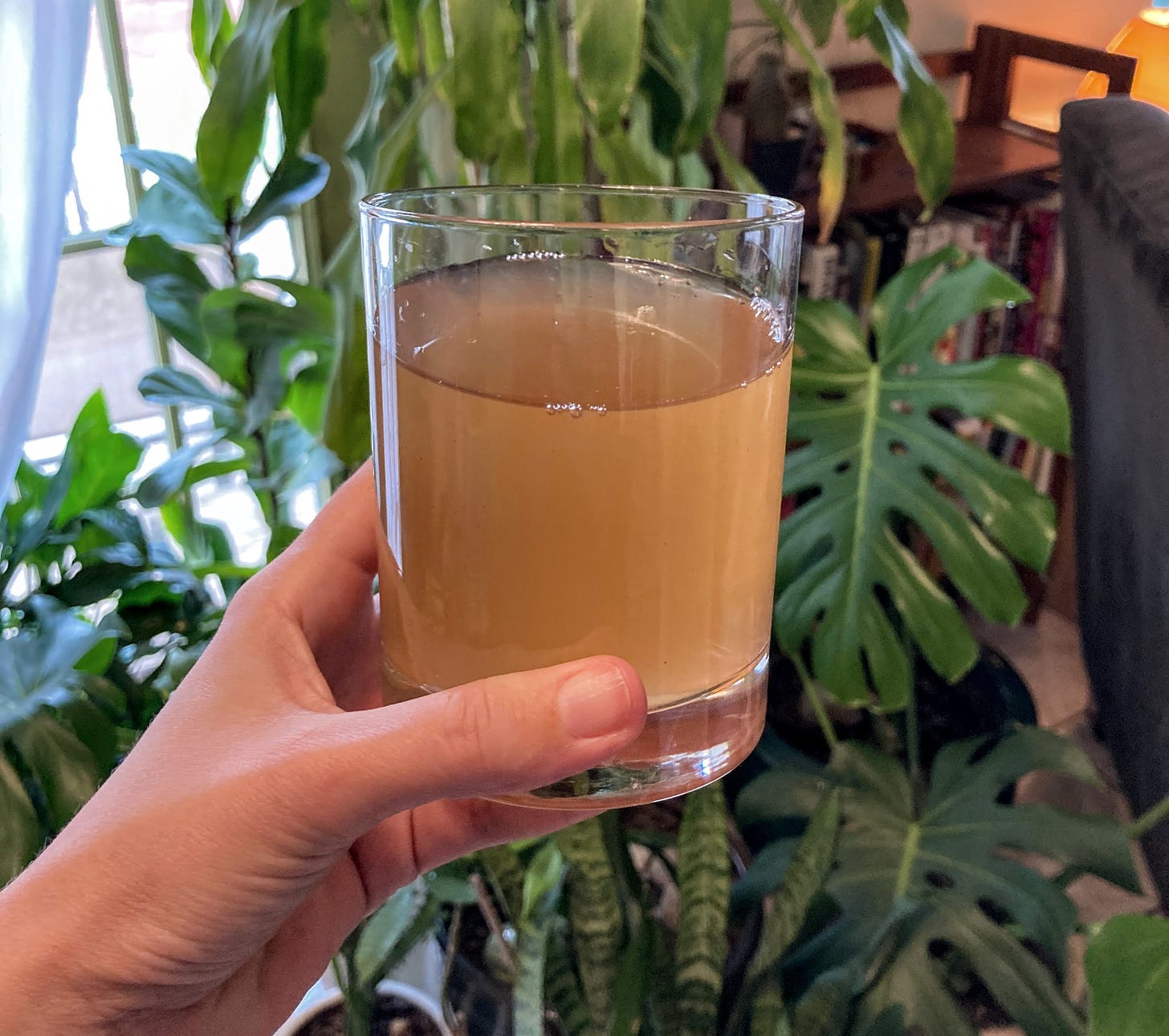
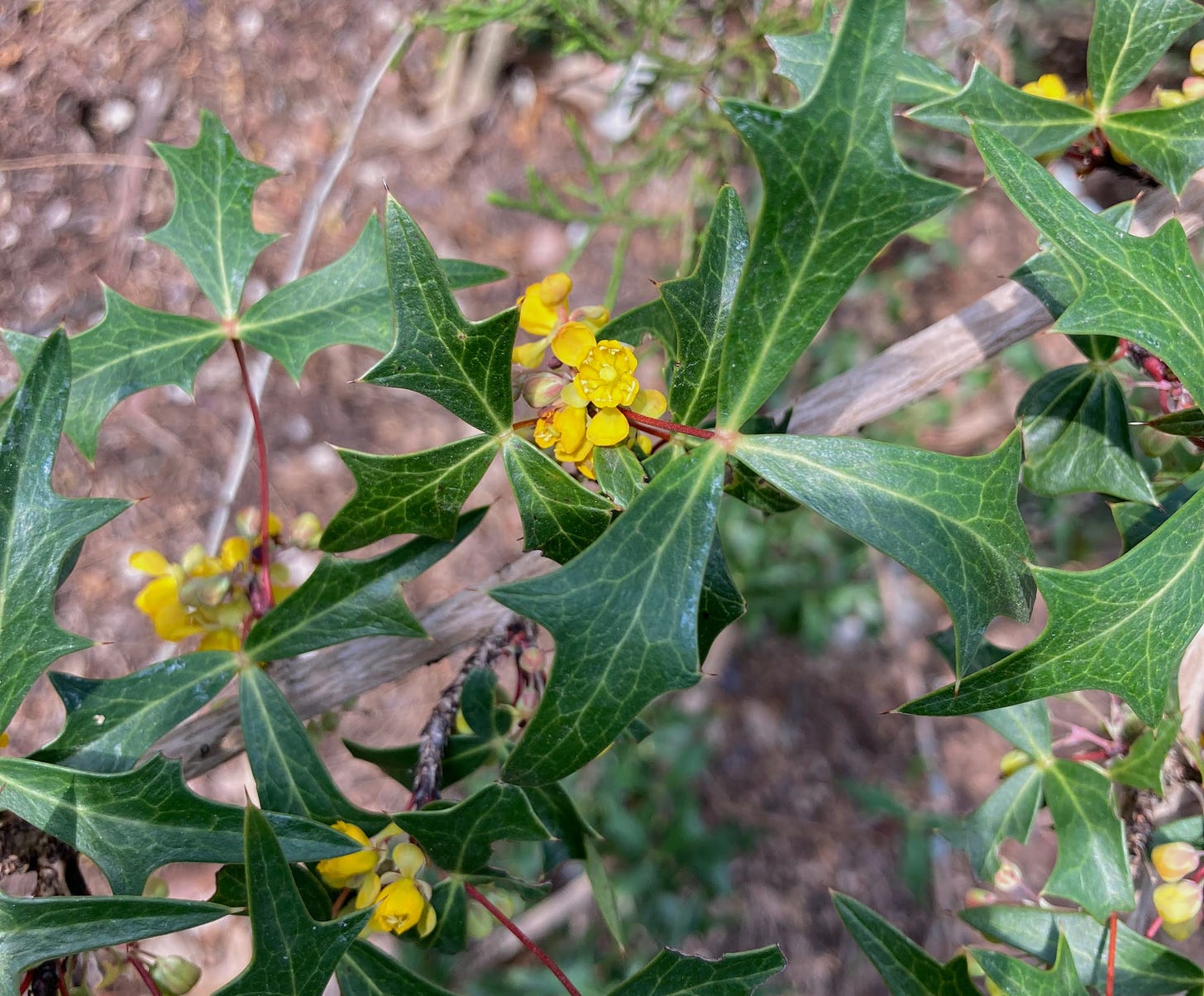
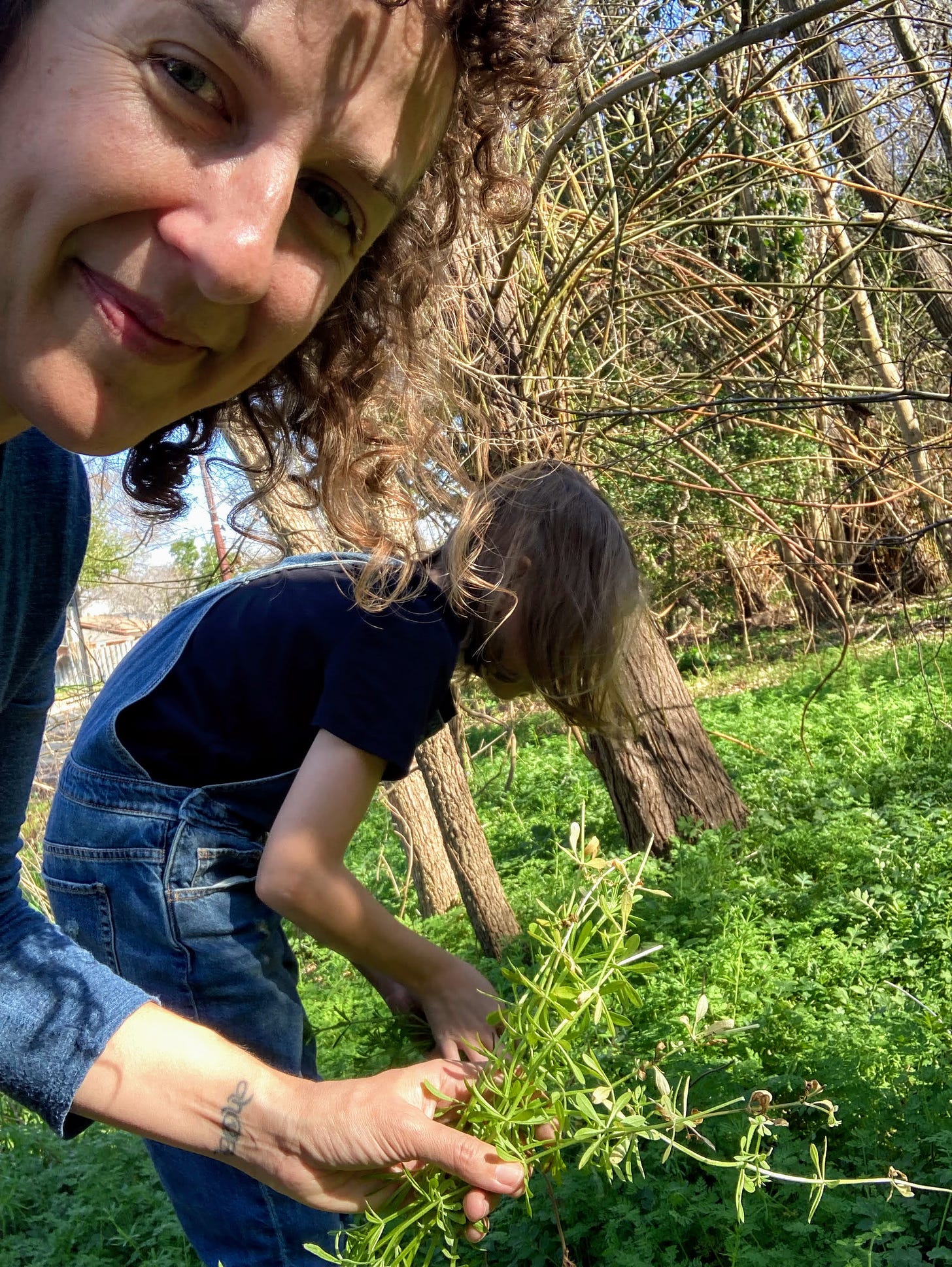
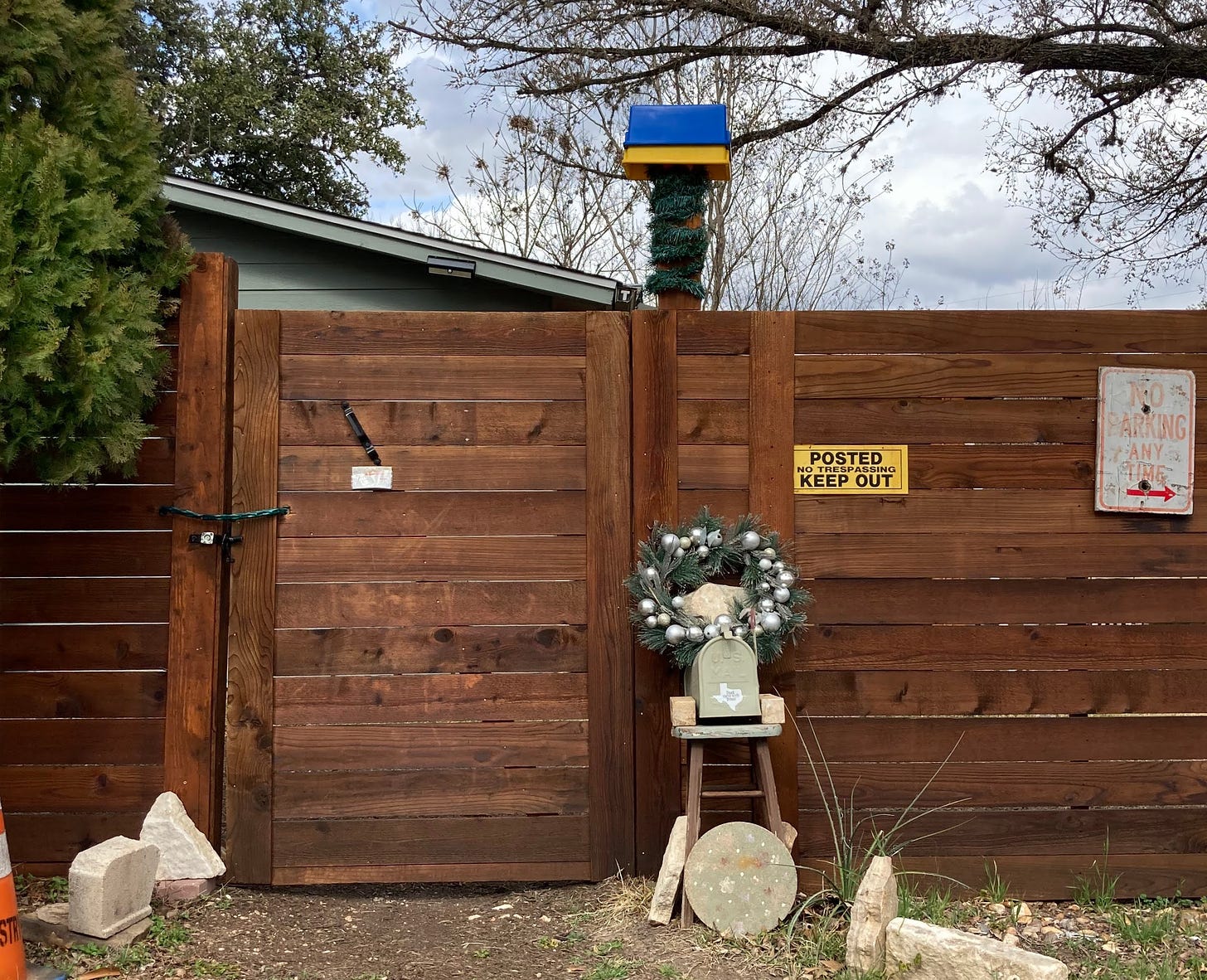

You can have EVERY sprig of sticky willie that ever was, for all of me. If I even brush against the stuff, I get nasty, itchy contact dermatitis that lasts for hours. My lawn is covered in it every spring, despite my strenuous efforts across the past couple of springs to Roundup it back across the fence from my neighbor's yard (rent house; they don't care whether it comes or goes).
I always intend to skim … unlike your regular readers I’m not into the world of either food or nature in the passionate and playful way you are. But you’re such a damn good writer… I spend more time reading and then always think of someone I want to share it with. What a talented, smart, entertaining and thoughtful human you are. And a dear friend too. Stay in touch dear heart!